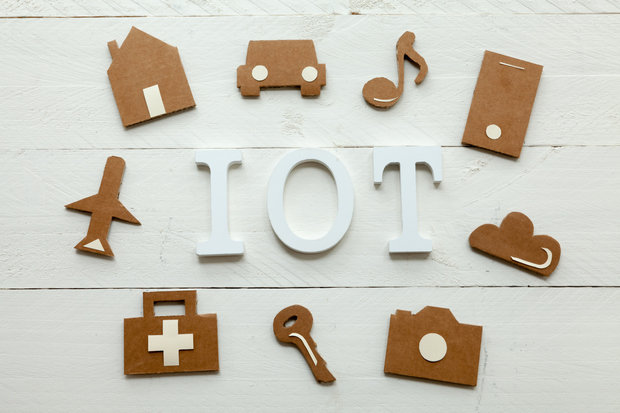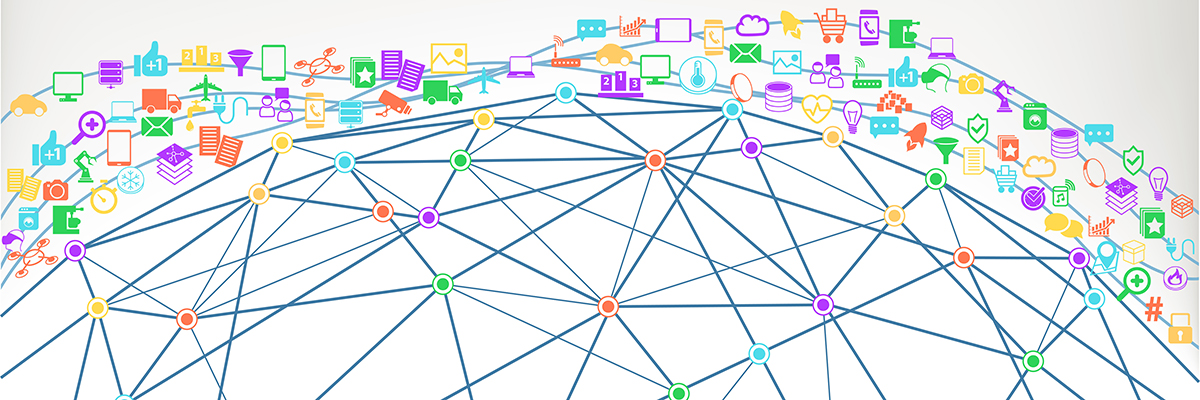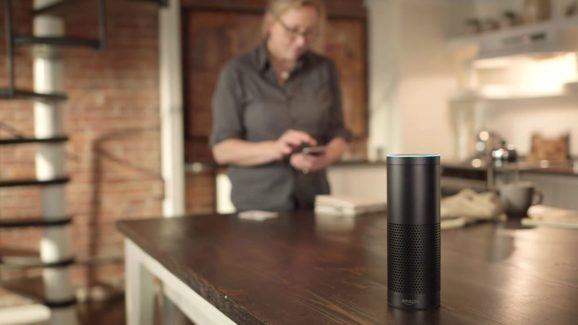Most (54%) cybersecurity professionals believe the threat landscape is evolving faster than they can respond, with a lack of preparation and strategic thinking endemic, according to RedSeal.The network resilience vendor polled 600 IT and security decision makers in the UK and US to compile its RedSeal Resilience Report 2017.
It revealed that most respondents feel they are under-resourced (54%), can’t react quickly enough when an incident strikes (55%) and can’t access insight to prioritize incident response (79%).
Just 20% said they’re extremely confident their organization will be able to function as normal in the event of a breach or attack.
Source: Cybersecurity Pros Can’t Keep Pace with Threat Landscape | Infosecurity Magazine









